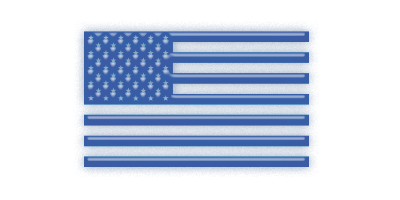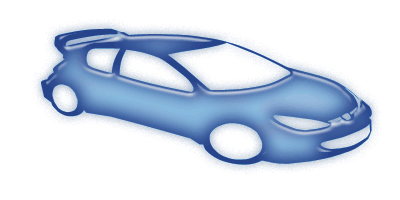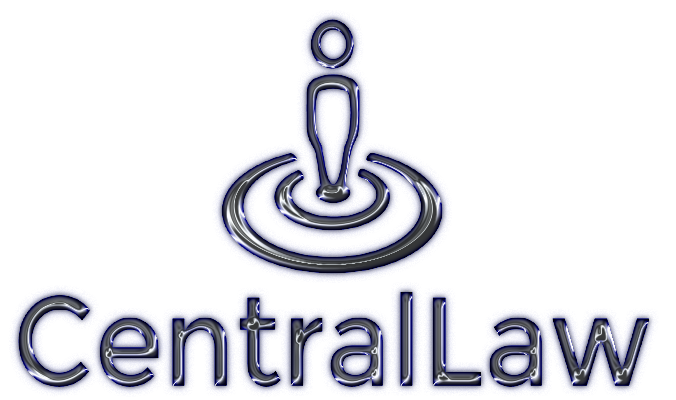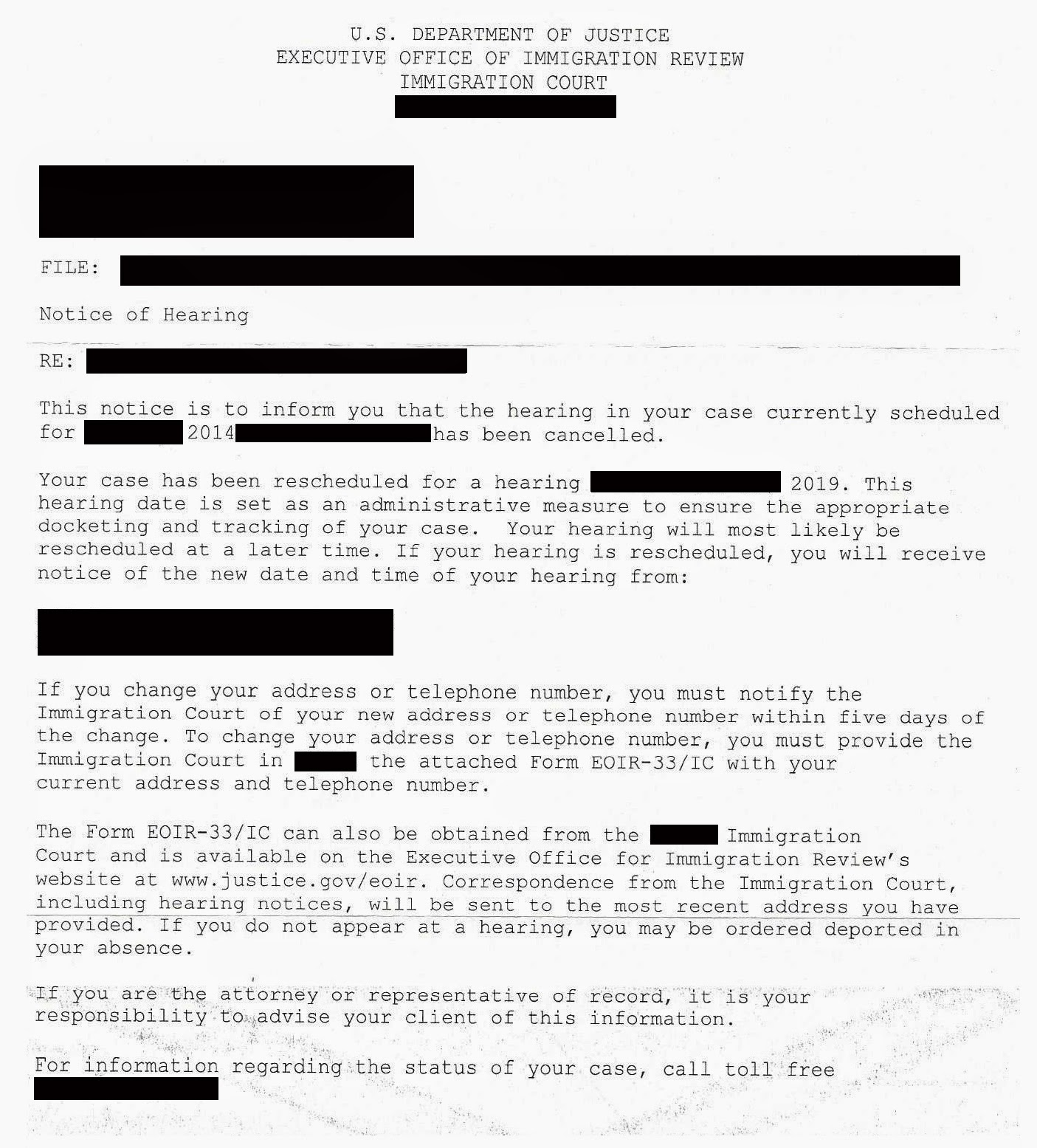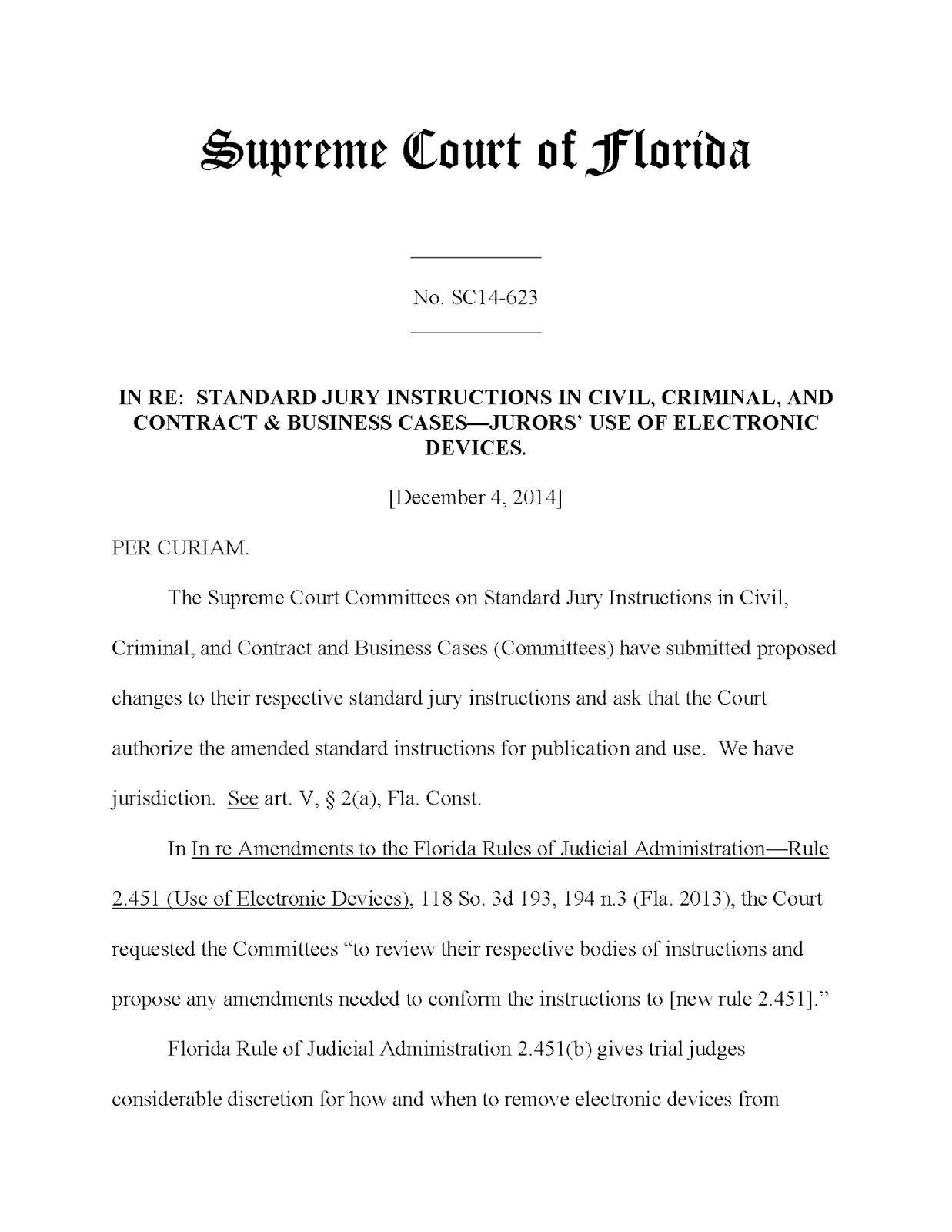Disorderly Conduct in Florida: Understanding the Legal Framework
In the state of Florida, Disorderly Conduct, also known as Breach of the Peace, is a criminal offense defined under § 877.03 of the Florida Statutes. To secure a conviction for this offense, the State must establish the following elements beyond a reasonable doubt, which vary based on the specifics of the case: (Defendant) committed an act or acts that (a) was (b) were of a nature that corrupted the public morals; or (c) outraged the sense of public decency; or (d) affected the peace and quiet of persons who witnessed the act or acts; or (e) engaged in brawling or fighting.
Iconic Disorderly Conduct Arrests Video
The flexibility of these elements allows for a broad range of behaviors to be considered Disorderly Conduct, ensuring that the law can be applied in various situations where public order and safety are threatened. It encompasses actions that disturb the peace, challenge public decency, or result in public disturbances through brawling or fighting.
Disorderly Conduct cases in Florida can lead to convictions that carry legal consequences, making it essential for both defendants and legal professionals to understand the intricacies of the law. There are some critical aspects and considerations related to Disorderly Conduct in Florida:
1. Constitutional Concerns:
The Disorderly Conduct statute in Florida can raise constitutional concerns, particularly when individuals claim that their actions constitute protected speech. In such cases, it may be necessary to provide a special instruction to the jury to ensure that individuals are not convicted for exercising their constitutional rights. This ensures that freedom of expression is upheld while still maintaining public order and safety, as established by the law. The case of Chandler v. State in 1999 highlighted the importance of this balance.
2. Self-Defense:
Defendants charged with Disorderly Conduct may have the option to assert self-defense as a legal defense, especially if they did not initiate a fight and acted to protect themselves from an attacker. This legal precedent was established in the case of S.D.G. v. State in 2006, where it was recognized that individuals have a right to defend themselves when facing aggression or harm. This provides a way for individuals to justify their actions in situations where they were forced to defend themselves or others.
3. Lesser Included Offense:
In the legal framework of Disorderly Conduct in Florida, there are no lesser included offenses defined in Category One or Category Two, as indicated by FLA. STAT. INS. NO. None. This means that the charges are relatively straightforward and do not have lesser offenses that can be used as alternatives.
Recent Changes:
It’s important to note that the current instruction for Disorderly Conduct in Florida was adopted in 2018, indicating the relevance and importance of keeping up with legal updates and changes in the law to ensure accurate legal representation.
In summary, Disorderly Conduct in Florida, as defined under § 877.03 of the Florida Statutes, encompasses a wide range of behaviors that disturb public peace, decency, and safety. While constitutional concerns and the potential for self-defense as a defense strategy are notable aspects, it’s crucial for individuals facing these charges and legal professionals to stay informed about any changes in the law to ensure a thorough understanding and effective representation in court.
Jury Instruction for Disorderly Conduct
29.5 [DISORDERLY CONDUCT] [BREACH OF THE PEACE]
§ 877.03, Fla. Stat.
To prove the crime of [Disorderly Conduct] [Breach of the Peace], the State must prove the following element beyond a reasonable doubt:
(Defendant)
Give a–d as applicable.
a) committed an act or acts that [was] [were] of a nature that corrupted the public morals; [or]
b) outraged the sense of public decency; [or].
c) affected the peace and quiet of persons who witnessed the act or acts; [or]
d) engaged in [brawling or fighting].
Comments
The statute often raises constitutional concerns. When a defendant claims that his or her conduct constituted protected speech, a special instruction will likely be necessary to ensure the jury does not convict a person for exercising a constitutional right. See Chandler v. State, 744 So. 2d 1058 (Fla. 4th DCA 1999).
A defendant who does not initiate a fight and acts to protect himself from the attacker may assert self-defense to the charge of Disorderly Conduct. S.D.G. v. State, 919 So. 2d 704, 705 (Fla. 5th DCA 2006).
This instruction was adopted in 2018.
Text of Chandler v State
CHANDLER v. STATE (1999)
District Court of Appeal of Florida,Fourth District.
Donna R. CHANDLER, Appellant, v. STATE of Florida, Appellee.
Nos. 98-3248, 98-3315.
Decided: September 17, 1999
Richard L. Jorandby, Public Defender, and Steven H. Malone, Assistant Public Defender, West Palm Beach, for appellant. Robert A. Butterworth, Attorney General, Tallahassee, and Joseph A. Tringali, Assistant Attorney General, West Palm Beach, for appellee.
Donna R. Chandler appeals her conviction for disorderly conduct, challenging the sufficiency of the evidence and the trial court’s refusal to permit defense counsel to question the venire and to instruct the jury regarding the First Amendment protections afforded her speech. We reject Chandler’s contention that she was entitled to a judgment of acquittal with respect to the disorderly conduct charge, but find merit in her other claims and reverse.
During the proceedings below, Donna Chandler was charged with battery of a law enforcement officer and disorderly conduct. These charges stemmed from Chandler’s alleged reaction to the arrest of her sister, Carmen Chandler, on February 26, 1998, at the Government Center in Palm Beach County. Viewing the evidence in the light most favorable to the State, when officers attempted to arrest Carmen Chandler a struggle ensued and both Carmen Chandler and Detective Griffin, the arresting officer, wound up on the floor. According to Griffin, while on the floor struggling with Carmen, he heard a scream and the pounding of feet coming from behind him. He looked up and saw Donna Chandler running toward him. Before Donna Chandler could reach Griffin and her sister, however, another officer, Deputy Samuel, intercepted her. Samuel testified that, although he ordered Donna Chandler to stop, she continued toward him and, ultimately, crashed into him. According to Samuel, he ordered Donna Chandler to back away, but, despite his instructions, she continued flailing, struggling, and kicking in an attempt to get around him. During this physical struggle, Samuel testified that Chandler continued to scream and to shout things like “you’re not taking my sister” and “you don’t have a warrant.” The State also put on evidence that Chandler’s actions created a ruckus which was disruptive to the offices of the clerk of court. A jury found Chandler not guilty of battery of a law enforcement officer, but guilty of disorderly conduct. Chandler appeals that conviction.
Disorderly Conduct & Speech
The verbal conduct which can support a conviction for disorderly conduct pursuant to Florida Statutes section 877.03 has been severely curtailed by the Florida Supreme Court in order to prevent the statute from being found unconstitutionally over broad. In fact, following the supreme court’s opinion in State v. Saunders, 339 So.2d 641, 644 (Fla.1976), there are only two instances where words can amount to disorderly conduct: “fighting words” and “words like shouts of ‘fire’ in a crowded theatre.”
[W]e now limit the application of Section 877.03 so that it shall hereafter only apply either to words which “by their very utterance ․ inflict injury or tend to incite an immediate breach of the peace,” or to words, known to be false, reporting some physical hazard in circumstances where such a report creates a clear and present danger of bodily harm to others. We construe the statute so that no words except “fighting words” or words like shouts of “fire” in a crowded theatre fall within its proscription, in order to avoid the constitutional problem of overbreadth, and “the danger that a citizen will be punished as a criminal for exercising his right of free speech.” With these two exceptions, Section 877.03 should not be read to proscribe the use of language in any fashion whatsoever. To this extent, we modify our previous decisions construing the statute.
Id. (emphasis added) (citations and footnote omitted).
Requested Jury Instruction
Returning to the case presently before this court, defense counsel sought to have the following special instruction read to the jury:
However, verbal conduct is protected by the First Amendment. Mere words cannot amount to disorderly conduct unless they are fighting words or words, known to be false, reporting some physical hazard where such a report creates a clear and present danger of bodily harm to others, such as shouting “fire” in a crowded theater.
“Fighting words” are those which are likely to cause the average person to whom they are addressed to fight.
If in your consideration of the issue of protected speech you have a reasonable doubt on the question of whether or not the defendant did nothing more than what is protected by the First Amendment, you must find the defendant not guilty.
However, if from the evidence you are convinced beyond a reasonable doubt that the defendant did more than what is protected by the First Amendment, you should find her guilty if all the elements of the charge have been proved.
The State objected and the trial court refused to read the instruction. “Trial judges have wide discretion in decisions regarding jury instructions, and the appellate courts will not reverse a decision regarding an instruction in the absence of a prejudicial error that would result in a miscarriage of justice.” Lewis v. State, 693 So.2d 1055, 1058 (Fla. 4th DCA), review denied, 700 So.2d 686 (Fla.1997). In the context of criminal cases, appellate courts have reviewed the trial court’s refusal to give a requested jury instruction to determine “whether there was a reasonable possibility that the jury could have been misled by the failure to give that instruction.” Cronin v. State, 470 So.2d 802, 804 (Fla. 4th DCA 1985); see also Bowen v. State, 655 So.2d 1208 (Fla. 4th DCA 1995). We find that such a possibility exists in the instant case.
With respect to the disorderly conduct charge, the jury was instructed only as follows:
Before you can find the defendant guilty of disorderly conduct, the State must prove the following two elements beyond a reasonable [doubt], number one, that Donna R. Chandler committed an act; and two, the nature of that act was to affect the peace and quiet of persons who may witness them, or engaged in brawling or fighting, or engaged in such conduct as to constitute a breach of the peace.
This instruction allows for the possibility that the jury convicted Chandler of disorderly conduct based solely on her screaming and shouting and the disruption which it apparently caused to some workers in the Government Center-a result clearly contrary to the dictates of Saunders, which holds that words can form the basis for a disorderly conduct conviction only where they are “fighting words” or “false [words] reporting some physical hazard.” See Saunders, 339 So.2d at 644. Simply yelling and screaming is insufficient. See, e.g., T.S.S. v. State, 696 So.2d 820, 820 (Fla. 2d DCA 1997)(holding that trial judge erred in failing to grant a motion for judgment of acquittal on disorderly conduct charge where deputy testified that, although he could not hear what either T.S.S. or T.J. was saying in particular, they were “hoot[ing] and holler[ing] and carry[ing] on and scream[ing] at us” and did not testify that the boys said anything to incite the others at the party, which was being held behind an apartment building); L.A.T. v. State, 650 So.2d 214, 215 (Fla. 3d DCA 1995)(holding that defendant’s shouting in a Publix supermarket “Is everybody watching this, police brutality, ․ Rodney King style” and screaming and cursing at the top of his lungs was insufficient to support a conviction for disorderly conduct).
Voir Dire
Earlier in the trial, during voir dire, defense counsel attempted to question the jury regarding the First Amendment and the charge of disorderly conduct. Specifically, the following colloquy occurred:
Defense: Ms. Casserino, you know that Donna Chandler’s also accused of disorderly conduct. How do you feel about where words are the basis for disorderly conduct, do you-
State: Objection.
Court: Let me hear the question first, please.
Defense: Where words are alleged to be the basis for the disorderly conduct-you know, we all have a First Amendment right to speak. In fact, we can say very disturbing and upsetting things. If you hear that evidence that-what Ms. Chandler said was protected by the First Amendment, is that something that you would take into consideration?
State: Objection.
Court: Sustained. Counsel, move on to another line, please.
Chandler contends that it was error for the trial court to refusal to permit her lawyer to inquire of the jury regarding First Amendment protections. We agree.
[A] meaningful voir dire is critical to effectuating an accused’s constitutionally guaranteed right to a fair and impartial jury․ What is a meaningful voir dire which will satisfy the constitutional imperative of a fair and impartial jury depends on the issues in the case to be tried․ Thus, where a juror’s attitude about a particular legal doctrine (in the words of the trial court, “the law”) is essential to a determination of whether challenges for cause or peremptory challenges are to be made, it is well settled that the scope of the voir dire properly includes questions about and references to that legal doctrine even if stated in the form of hypothetical questions.
Lavado v. State, 469 So.2d 917, 919-20 (Fla. 3d DCA 1985) (Pearson, J., dissenting), quashed, 492 So.2d 1322 (Fla.1986)(adopting Judge Pearson’s dissent as the majority opinion of the supreme court). Here, the disorderly conduct charge was founded upon both Chandler’s act of screaming and shouting in a place of government business and her physical contact and struggle with police in a place of government business, and both theories were argued to the jury. Because Chandler’s words formed a basis for the disorderly conduct charge, First Amendment protections and limitations were relevant. Although defense counsel’s questions could have been more artfully crafted to avoid any claim that defense counsel was attempting to “pre-try” the factual issues in the case, defense counsel should have been permitted to inquire of the venire to ascertain whether potential jury members could, and would, apply the law regarding this issue if instructed to do so by the trial judge.
Conclusion
In sum, in light of the fact that defense counsel was denied the opportunity to question the venire regarding the First Amendment protections afforded speech and the possibility that, as instructed, the jury may have convicted Chandler of disorderly conduct based solely on her screaming and shouting, we reverse and remand for a new trial on count II, the disorderly conduct charge.
REVERSED and REMANDED.
STEVENSON, J.
WARNER, C.J., and KREEGER, JUDITH L., Associate Judge, concur.
Full Text of SDG v State
S.D.G. v. State
Opinion
No. 5D05-2156.
February 3, 2006.
Appeal from the Circuit Court, Flagler County, Sharon Atack, J.
James S. Purdy, Public Defender, and Robert E. Wildridge, Assistant Public Defender, Daytona Beach, for Appellant.
Charles J. Crist, Jr., Attorney General, Tallahassee, and Robin A. Compton, Assistant Attorney General, Daytona Beach, for Appellee.
LAWSON, J.
S.D.G. timely appeals from an adjudication of delinquency that was withheld for the charge of disorderly conduct. Appellant contends that the trial court erred in rejecting her defense of self-defense. We agree and reverse.
While adjudication of delinquency on the charge of disorderly conduct against Appellant was withheld and while Appellant has most likely already completed her sentence of six months of probation, the order appealed is reviewable pursuant to Florida Rule of Appellate Procedure 9.140(b)(1)(B).
At trial, the State called only one witness, Officer John C. Murray, who had responded to a reported fight on January 8, 2005. Upon his arrival, Officer Murray observed a large crowd disbursing from the area where a fight had presumably taken place. When another altercation started outside of his view, Officer Murray moved toward the noise and found Appellant and another juvenile “locked together . . . grabbing hold of each other and fighting.” The officer instructed the two to separate “several times” to no avail. When his partner “tasered” the other juvenile, Appellant then immediately backed away.
The only other witnesses were called by the defense. These two witnesses testified that the other juvenile attacked the Appellant, who only fought back in self-defense. This testimony was uncontroverted. On this record, Appellant was found delinquent for disorderly conduct.
While section 877.03, Florida Statutes (2005), defines “disorderly conduct” to include “brawling or fighting,” self-defense is a defense to the charge “provided that the person charged did not provoke the fight.” D.M.L. v. State, 773 So.2d 1216, 1217 (Fla. 3d DCA 2000). Where a defendant did not initiate the fight, and was acting to protect herself from her attacker, the defense of self-defense applies. Id.
Once Appellant produced evidence supporting her claim of self-defense, the State was required to prove beyond a reasonable doubt that Appellant’s actions were not taken in self-defense to sustain a finding of guilt. See, e.g., Hernandez Ramos v. State, 496 So.2d 837 (Fla. 2d DCA 1986). Because all of the evidence supported Appellant’s self-defense theory, the State’s proof of guilt was clearly insufficient as a matter of law. D.M.L., 773 So.2d at 1217.
The State attempts to distinguish D.M.L. by arguing that because there was evidence that Appellant and her assailant were exchanging “fighting words” during the altercation, the evidence of her verbal conduct should be sufficient to sustain the finding of guilt. A careful review of the record, however, reveals that the State’s sole witness “couldn’t tell . . . exactly who was hollering.” The only defense witness who was asked, testified that it was Appellant’s assailant who was “yelling” and “screaming.” Therefore, there was no evidence that Appellant created a disturbance with her words.
Even if there was record evidence of “yelling” by Appellant, we would be unwilling to hold that an individual must defend herself silently in order to prevail on a theory of self-defense.
The State also argues that the trial court’s finding is supported by Appellant’s failure to immediately withdraw from the altercation upon Officer Murray’s command. However, it is not clear from the evidence that Appellant heard the command or that she could have safely withdrawn prior to the disabling of her assailant. Therefore, even if the failure to respond to an officer’s command to withdraw from a fight undertaken in self-defense could constitute disorderly conduct under some circumstances, the finding of guilt clearly cannot be sustained on this record.
We reverse and remand with directions to discharge Appellant.
REVERSED and REMANDED.
SHARP, W., and TORPY, JJ., concur.


